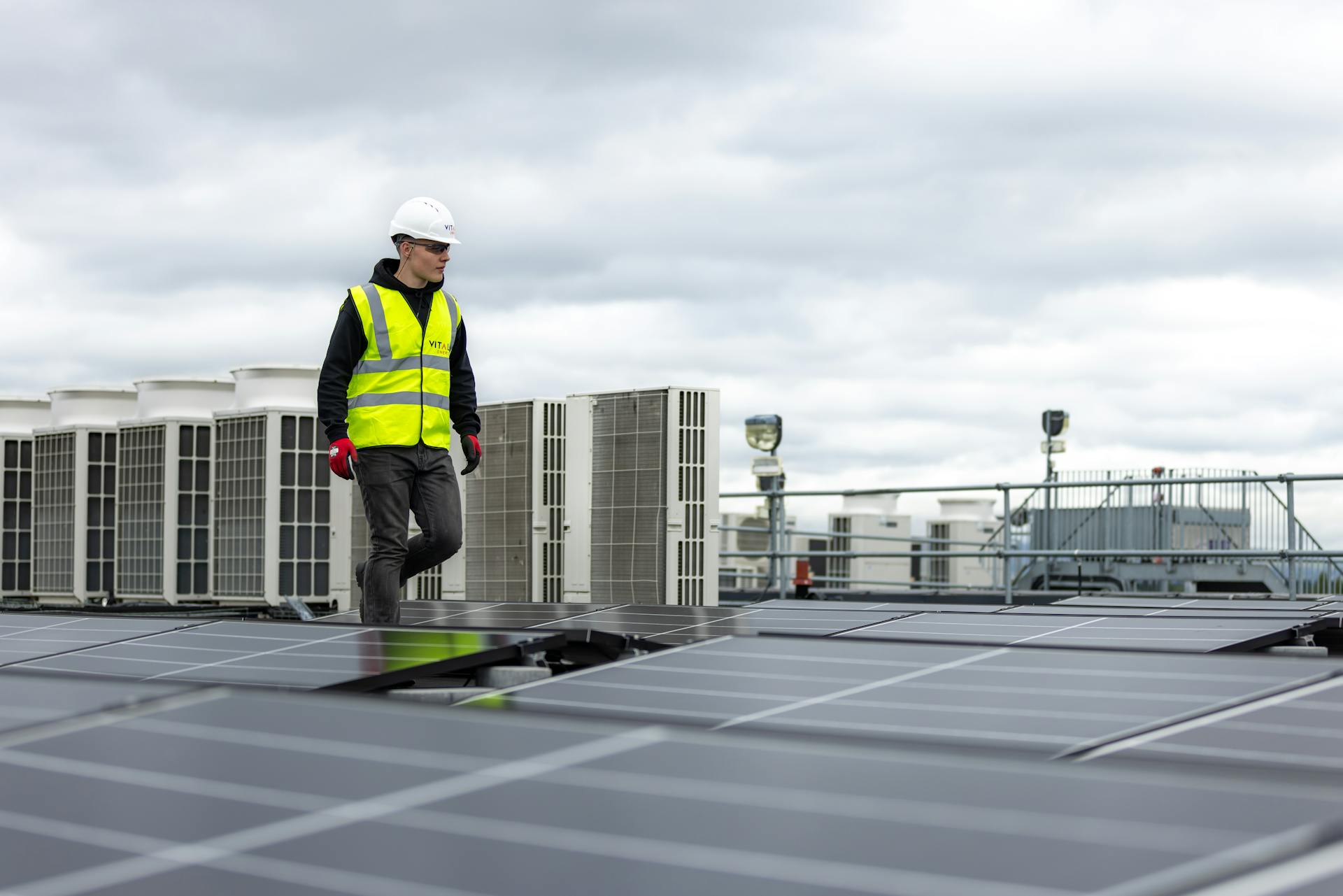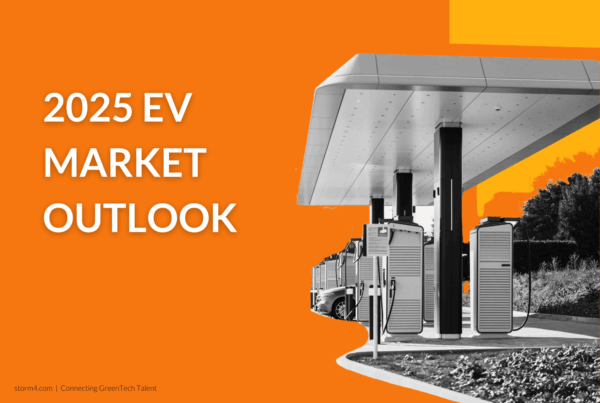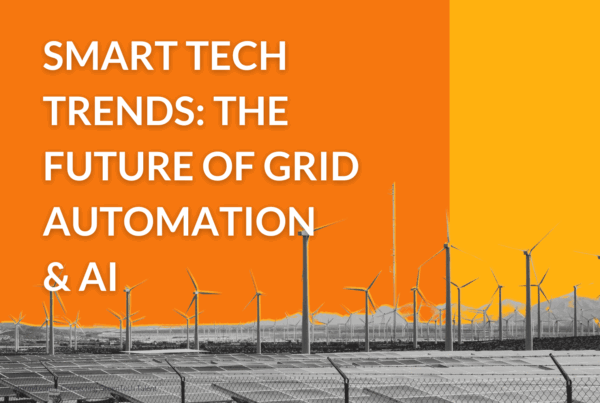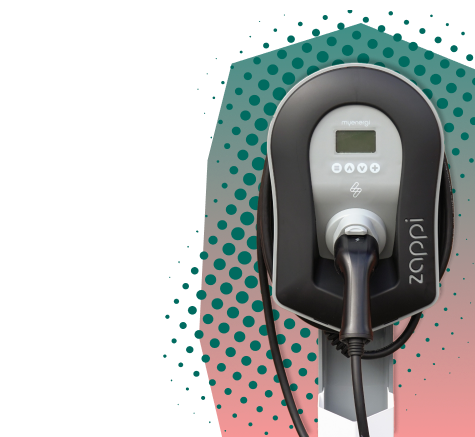The clean energy transition is being throttled not by technology or regulation, but by talent. Battery engineers and grid engineers are now among the most sought-after professionals in the US energy sector. Demand is surging, salaries are climbing, and hiring managers are battling a shrinking pool of qualified candidates.

Storm4 partners with the companies driving the sustainable energy revolution. From startups designing next-generation storage to utilities modernizing the grid, we see the hiring pain points up close – and we know what it takes to solve them.
This guide breaks down three things decision-makers need to act on today:
- Salary benchmarks for battery and grid engineers in 2025
- Cross-training and talent mobility strategies that widen your pool
- Recruiter perspectives on how top companies are securing hires before competitors
Why Battery and Grid Engineers Are in Short Supply#
Battery and grid engineers sit at the heart of the energy transition. Without them, storage innovation stalls and renewable integration into the grid slows. The problem is that the talent pipeline hasn’t kept pace with industry growth:
- Battery engineering is still taught in relatively few US programs, and many graduates end up in automotive rather than energy storage.
- Grid engineers require a blend of legacy utility expertise and modern software knowledge – an unusual combination.
- According to the U.S. Energy Information Administration (EIA), battery storage capacity in the United States is expected to nearly double to around 30 GW by the end of 2025, highlighting how quickly deployment is accelerating. (Financial Times source)
For companies hiring today, the question is not just how to find engineers but how to attract, win, and retain them.
Salary Benchmarks for 2025#
Storm4’s placements and salary guide data for 2025 give a clear picture of what hiring managers should be prepared to offer if they want to stay competitive.
For battery engineers:#
- A mid-level hire will usually land between $95,000 and $125,000.
- Experienced senior engineers now command $125,000 to $160,000.
- Those at the top end of the ladder principal or lead engineers – often expect $160,000 to $200,000 or more, depending on project scope and location.
For grid engineers:#
- Engineers with 3–5 years of distribution or transmission experience are coming in around $90,000 to $120,000.
- Senior engineers, especially those focused on software and modeling, tend to fall into the $120,000 to $155,000 range.
- At manager or principal level, it’s common to see packages of $150,000 to $185,000+.
And while salary is the headline number, it’s rarely the whole story. Many engineers now look closely at equity, performance bonuses, and whether the company invests in their long-term development. Firms that offer clear progression – say, the chance to move from grid modeling into leadership – tend to close candidates faster and keep them longer.
For deeper compensation data across sustainability roles, you can access the Storm4 Salary Guides 📊.
Beyond Salary: What Actually Gets Engineers to Say “Yes”#
Pay will open the conversation, but it doesn’t always seal the deal. When we ask candidates why they’ve chosen one offer over another, the answers tend to fall into a few recurring themes.
- A clear mission. Engineers want to see the link between their work and real-world decarbonization. It’s not enough to say “we’re green.” They want to know how the role helps cut emissions, speed up storage, or strengthen the grid.
- Tools and support. Nobody is excited about spending their day on outdated software or having to fight for resources. Candidates pay close attention to whether a company has invested in the right tech stack and built the kind of team that makes projects possible.
- Flexibility. Hybrid is the baseline now. Most battery engineers still want lab time, but they expect freedom around when and where they do design or analysis work. Companies that cling to rigid schedules struggle to hire.
- Visible leadership. A common red flag for candidates is when engineering feels sidelined in the hierarchy. They want to know they’ll have access to decision makers and that the work they do won’t get lost in corporate layers.
Cross-Training and Talent Mobility: Growing Your Own#
The talent shortage won’t be solved by poaching alone. Forward-thinking companies are building mobility pipelines:
- Upskilling electrical engineers into grid-focused roles. Many utility engineers already have the foundation – they just need exposure to modern grid software and storage integration.
- Cross-training chemical engineers into battery teams. Process engineers from adjacent industries (pharma, semiconductors) can transition effectively with targeted training.
- Partnerships with universities. A handful of US schools – like UC San Diego for battery storage and Texas A&M for power engineering—are prime sources of future talent. Companies that engage early (internships, sponsorships, guest lectures) secure loyalty before graduation.
Recruiters are seeing these hybrid candidates being snapped up quickly. The companies willing to invest in “non-obvious” hires not only fill roles faster but often get longer tenure and loyalty.
What Recruiters See: Why Some Companies Win and Others Don’t#
From our seat at the table, the gap between hiring leaders and laggards comes down to speed, clarity, and story.
- Speed to offer. The best engineers are off the market in 2–3 weeks. Lengthy processes with multiple approval layers are talent-killers.
- Clarity of role. Candidates walk away when job specs feel vague. Be upfront: what problems will they solve in year one?
- Storytelling. Engineers want to be part of something meaningful. Companies that articulate a compelling growth story – even if they’re pre-revenue – attract talent away from “safe” incumbents.
Hiring Strategies That Work#
Based on 200+ placements in energy, here’s what consistently works for our clients:
- Structured salary benchmarking. Don’t guess. Align comp packages to real market data before posting the job.
- Targeted headhunting. Top engineers rarely apply online. Rather than applying online, top engineers usually pick up opportunities through personal introductions, and that’s where Storm4’s network comes into play.
- Candidate experience. Respect their time, communicate frequently, and give feedback. Word spreads fast in tight-knit engineering circles.
- Retention planning. Offer continuous learning, leadership pathways, and chances to work on groundbreaking projects.
Where to Go From Here#
The energy transition will not wait for companies to fix hiring. The ones that move first – offering competitive pay, cross-training pathways, and sharp hiring strategies – are the ones that will lead the sector.
Storm4 specializes in connecting sustainable energy, infrastructure, and mobility companies with the battery and grid engineers driving change. If your next growth phase depends on securing this talent, now is the time to act.









